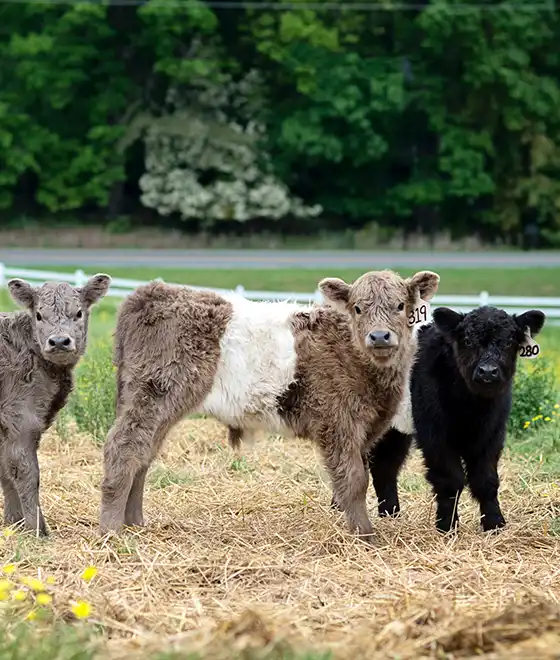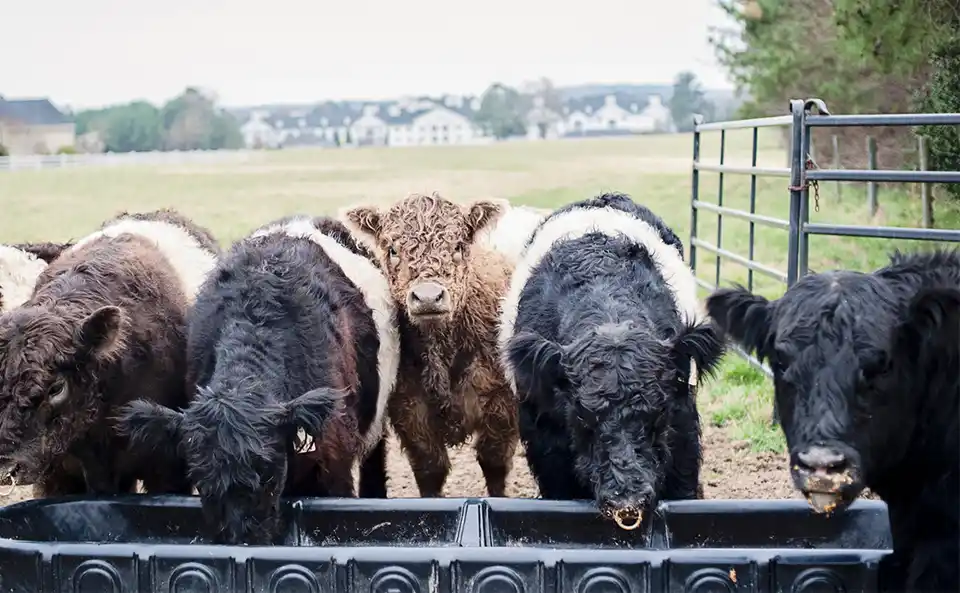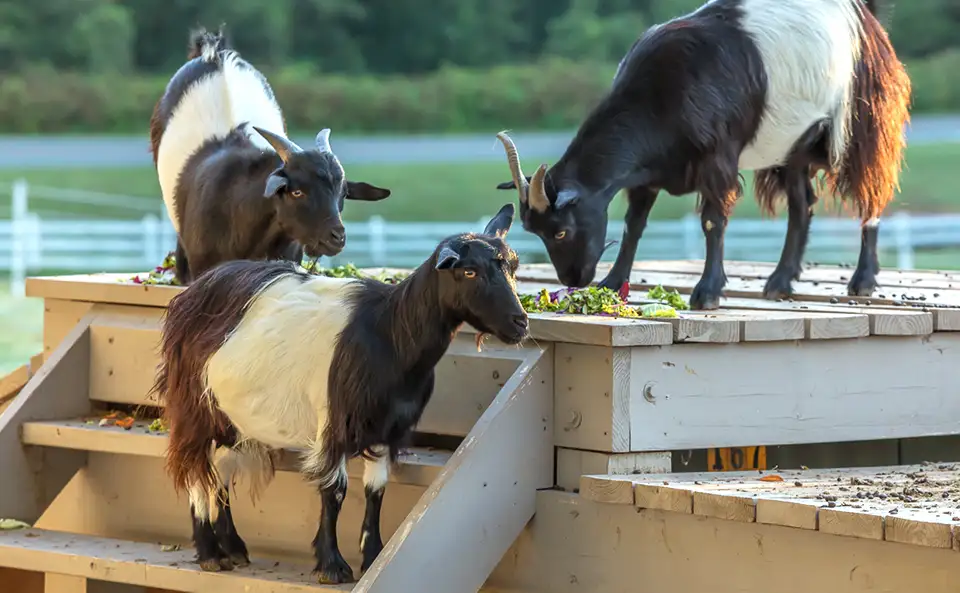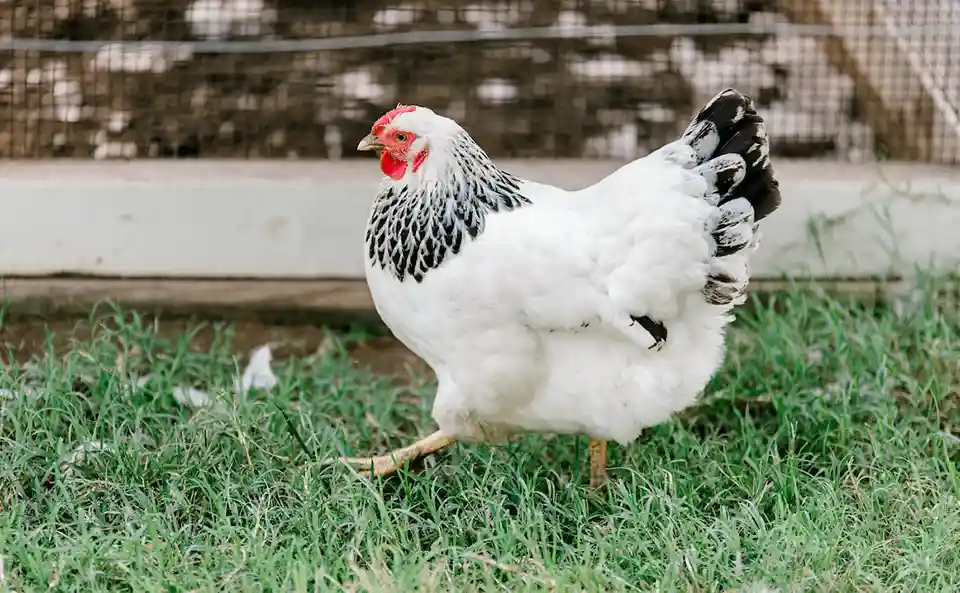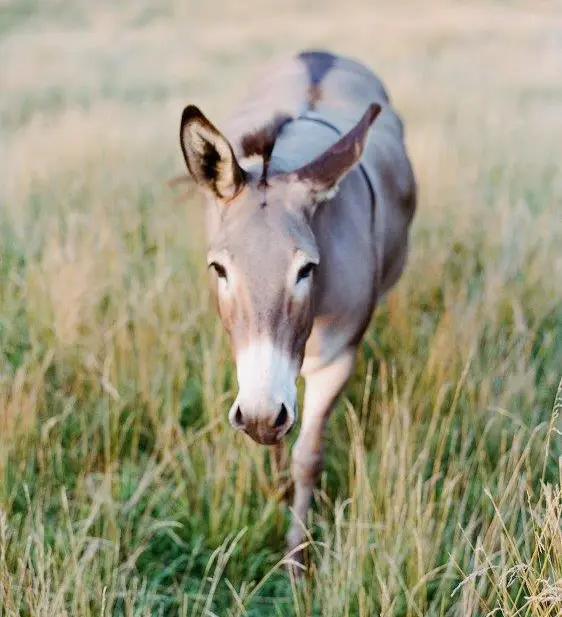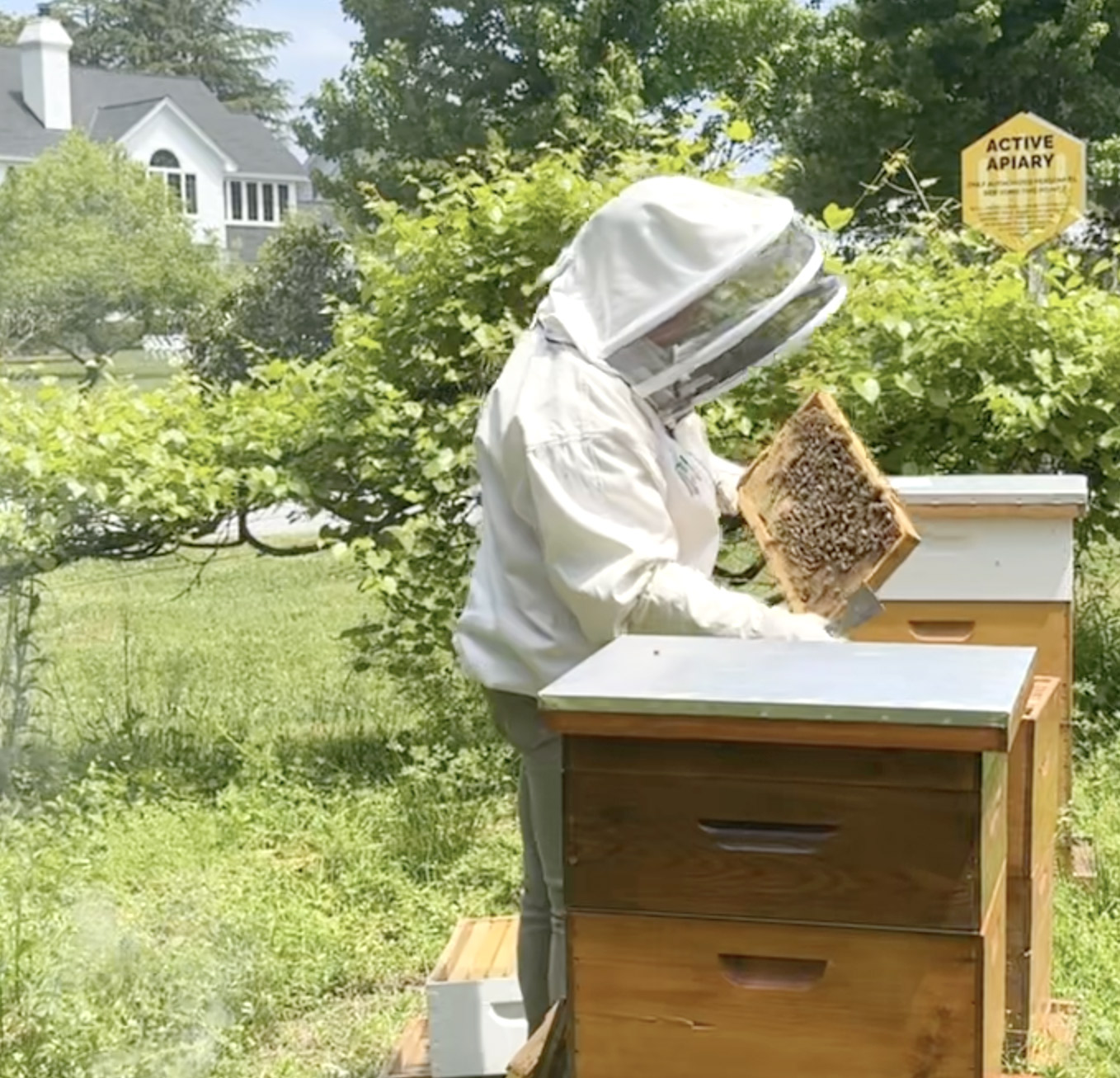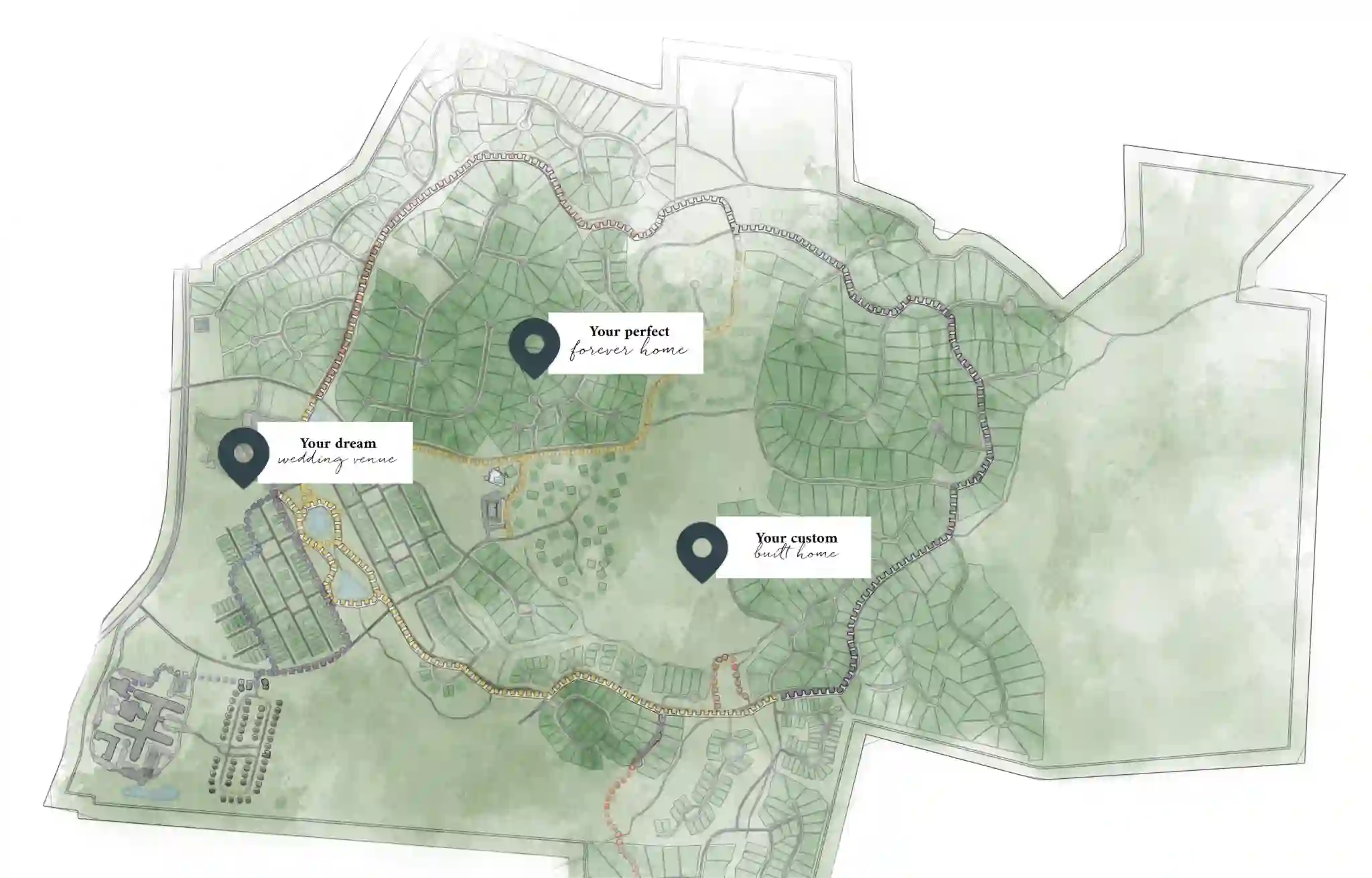visit
The Belted Barnyard
Our belted and non-belted Fearrington farm animals
For over two centuries, the Fearrington farm and its rolling pastures have dotted the landscape between Pittsboro and Chapel Hill, North Carolina. The farm, now a vibrant village consisting of shops, restaurants and an award-winning inn, still features rolling pastures, farm animals, the dairy barn, silo, and other farm structures. Several of these original buildings have been re-adapted and now form the heart of our Village Center.




